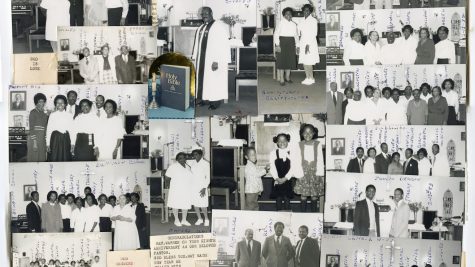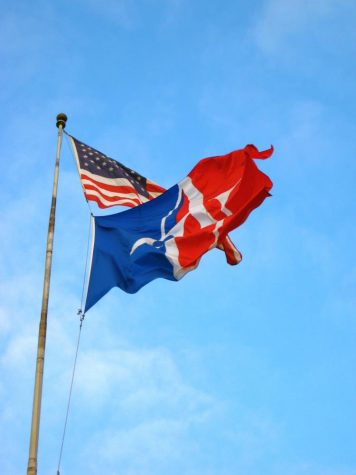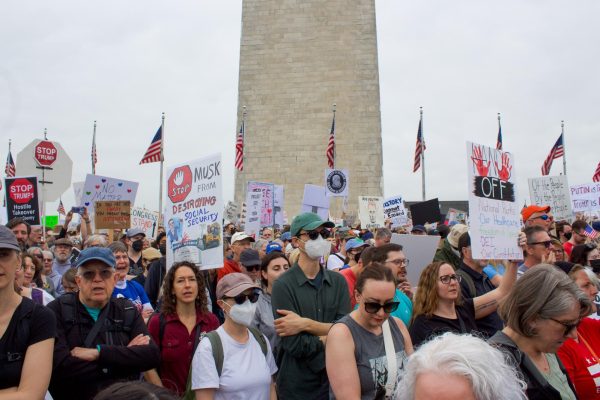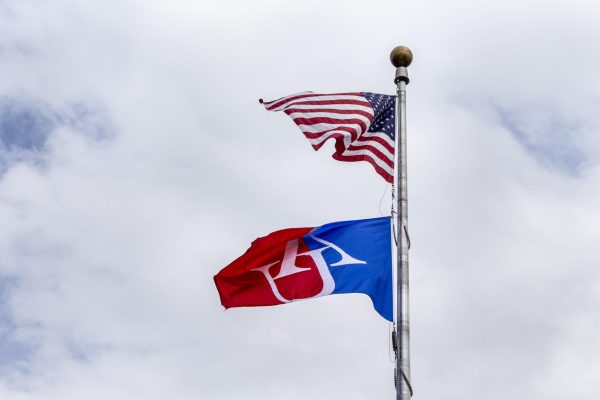Petworth: The Changing Face of Home
As he does, two young boys dash away from their grocery bag-laden mother and tiptoe at the edge of the cart, peering at its contents. Hernandez runs through today’s flavors in rapid Spanish. “What sounds good – chocolate, banana, fresa, limón?” He calls a greeting to their mother as she approaches, and she waves back in turn.
“Petworth’s original food truck, that’s me,” says Hernandez, 36, a transplant from Florida. A perpetual smile on his face complements his boyish looks. Clad in a reflective orange safety vest with a worn blue Nationals baseball cap perched on his head, he speaks with only the slightest trace of an accent.
“Before I moved here three years ago, I had this idea DC would just be full of city types – business people, lawyers, politicians,” Hernandez says. “But Petworth, it’s a real community. People recognize me all the time, everyone’s friendly. It was a nice surprise.”
Hernandez resumes his route and turns left onto Upshur Street Northwest, passing the Petworth Neighborhood Library. The sound of the drumline practicing at nearby Theodore Roosevelt Senior High School echoes through street. Inside the quiet library, Anthony Hall is reading _The Washington Post_ in the second floor reading room.
“The thing about Petworth is, it’s still got the small town feel,” says Hall, 62, an employee at the CVS near the Metro station. Hall is African-American, born and raised in DC, and has lived in Petworth for nearly 24 years.
“All these fancy apartments coming up, and they been coming up for a long time now. But this place still got spirit. People in the community care about the neighborhood, we not gonna lose what makes this place special,” Hall says.
Over those the two decades he’s lived here, Hall has seen Petworth change in many ways. The demographic shift has been one of the most obvious, with the more than 20 percent increase in the Hispanic population since 1990 and the proliferation of related businesses and organizations to serve that population.
Additionally, the skyline of the neighborhood has transformed. “The whole area around the Metro is new, the only thing that’s been there all these years is the fire station,” Hall says. “It’s a big apartment complex with restaurants and whatnot now, but before? It was some old pharmacy building or something, next to a gas station.”
Data from Long & Foster Real Estate shows that the average selling price of house or condos in Petworth has gone up over 40 percent since July of last year, making it one of the hottest housing markets in D.C.
“Some folks talk about how new people ‘invading’ the neighborhood. I don’t see it like that. Way I see it is, fighting gentrification like trying to change the weather,” Hall says. “I’m tired of hearing about it. It’s not us against ‘them.’ It’s not a war.”
Hall attends an informal social gathering on Saturdays at the library, and said that the group often sees newcomers to the neighborhood eager to join the Petworth community.
“You see the young kids in here doing homework after school. Well, we got an old folks study group of our own,” Hall says with a quiet laugh. “Library’s a great place to meet people, don’t have to be a reader. When we get new faces, we show them around, help them figure out how things work. It’s just what you’d do for any new neighbor.”
Inclusion rather than exclusion seems to be the order of the day in Petworth.
“I’ve only been living here for two years, and I’ve never felt unwanted. I think I’m here to stay,” says Mary Rae Lewis, 53, over a copy of Ebony magazine she is perusing in the library reading room.
“There are plenty of ways to get involved in the community if you want to. On Fridays, I volunteer at the market to help set up,” says Lewis, referring to the Petworth Community Market held weekly on Upshur and 9th Street. “I’ve met some great people that way.”
Hernandez’s cart, still laden with paletas (Latin-American popsicles made with fruit and milk) and other sweet treats, trundles past Roosevelt High School towards Powell Elementary School.
Powell, a dual-language institution, teaches its academic classes in both English and Spanish. As a result, 84 percent of its 391 students are of Hispanic or Latino descent, according to the DCPS statistics. The school fills an important niche in the diverse Petworth community.
Hernandez parks his pushcart in the grass off the sidewalk and says hello to several of the parents waiting below the steps, making familiar small talk. He checks the phone in his pocket for the time: 3:15 p.m. As if on cue, the doors of Powell Elementary swing open and children flood out onto the lawn.
“Paletas,” Hernandez calls, “Paletas y helados!”












